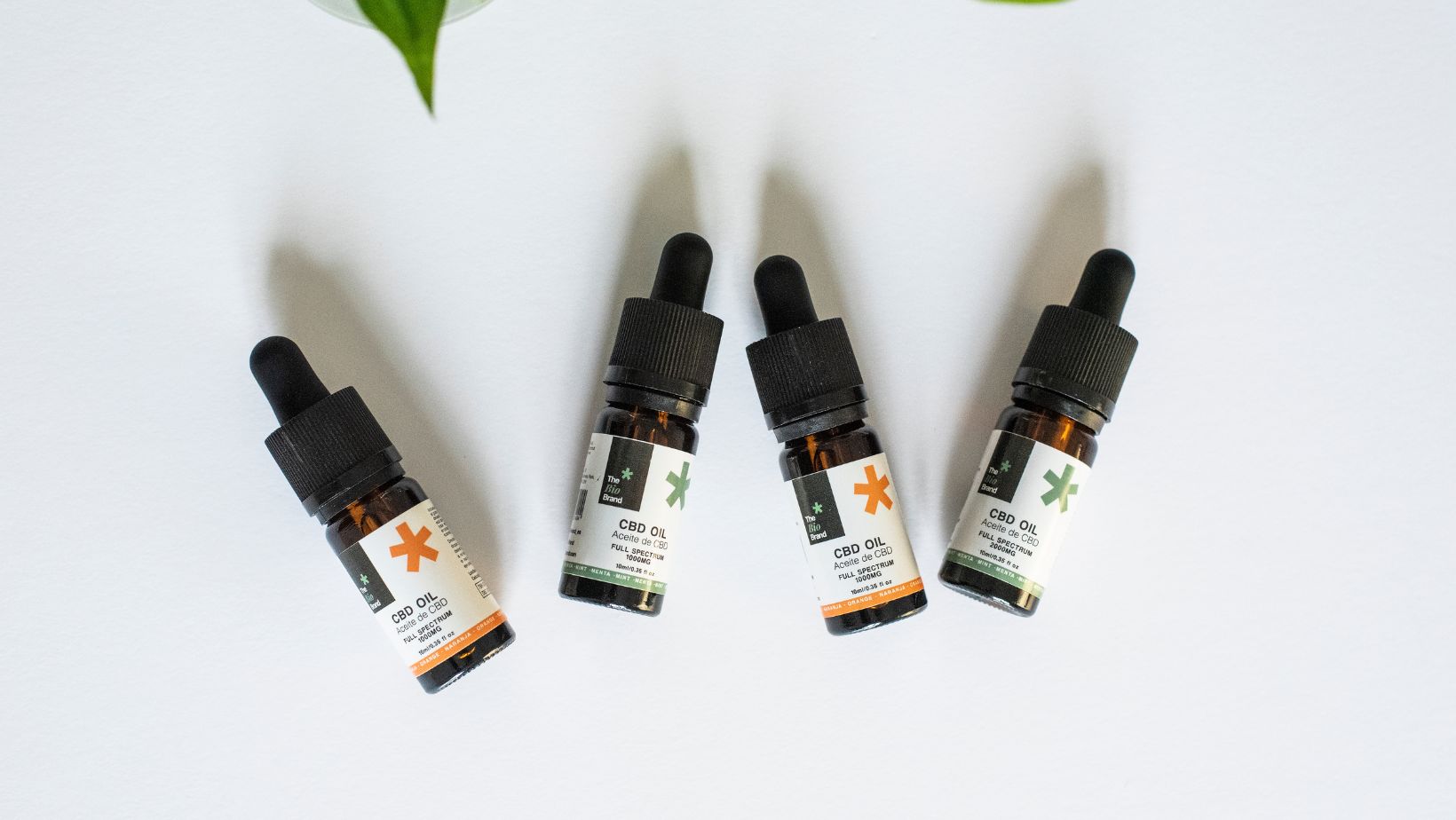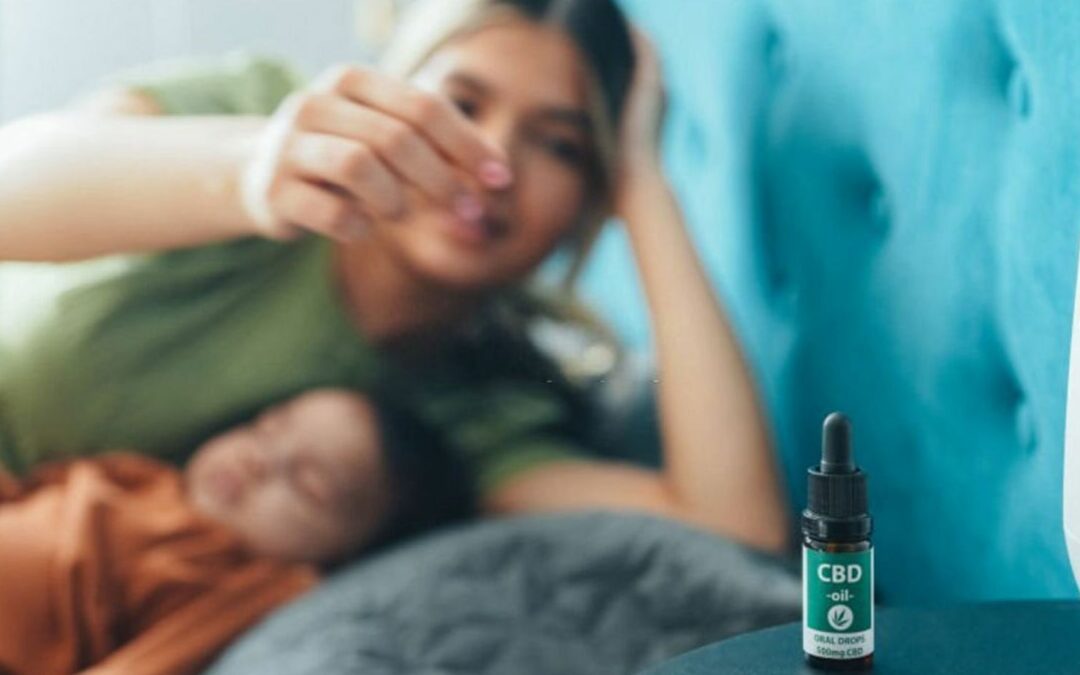For parents, navigating the CBd landscape may feel like stepping into uncharted territory. Questions abound, and concerns for safety and the family’s well-being take center stage. This informative guide will take you on a journey to unravel the mysteries of CBD while addressing your questions and offering valuable insights into what a parent must know to ensure a family’s health and happiness.
What is CBD?
Cannabidiol (CBD) is an active ingredient in cannabis and one of the hundred components found in marijuana. It is either directly derived from the hemp plant or manufactured in a laboratory. Unlike its more famous cousin, THC, CBD does not produce an intoxication or high when consumed. Instead, it is known for its therapeutic benefits.
CBD interacts with the body’s endocannabinoid system, a complicated network of receptors found throughout the body. This interaction influences various physiological processes, such as mood, pain perception, immune function, and appetite.
CBD is available in different forms, including capsules, oils, topical creams, and gummies. It has gained a lot of popularity and attention because of its potential for alleviating symptoms of conditions like epilepsy, chronic pain, anxiety, depression, and more.
However, please note that research into the effectiveness of CBD is ongoing. Hence, the regulatory landscape around CBD is constantly changing. It is essential to always consult a healthcare professional before using CBD, especially if you are administering it to children or someone with underlying health conditions. Also, if someone is already taking medication, it is imperative to ask the doctor before consuming CBD.
How are CBD and THC Different?
THC and CBD have the same formula – 30 hydrogen atoms, 21 carbon atoms, and 2 oxygen atoms. But the way the atoms are arranged is different. This difference in atom arrangement gives THC and CBD different chemical properties. Hence, they interact differently with the body.

THC is a chemical that causes the high that marijuana consumption is so infamous for, and CBD has little to no intoxicating properties. People using CBD have not reported any psychoactive effects.
What are the Different Ways to Take CBD?
There are different ways to take CBD; each has its own considerations and benefits. Some of the common methods are:
1. Inhalation
Vaping is the common method of inhaling CBD. A vaporizer is used that provides rapid effects.
2. Oral ingestion
CBD oil or tinctures, capsules, and edibles are the common ways of ingesting CBD orally. Oil or tinctures are taken sublingually, and this promotes faster absorption. Capsules come in pre-measured CBD doses, and edibles come in the form of gummies, chocolates, and other CBD-infused snacks. Edibles are a tasty way to consume CBD.
3. Topical applications
CBD creams, lotions, and balms are directly applied to the skin to treat skin conditions and offer relief from pain.
What are the Medical uses of CBD?
Patients suffering from the following conditions are reported to have experienced CBD relief. That’s why CBD is being used to treat several conditions, especially in children. However, research is still ongoing. Before administering CBD, you must always ask your healthcare practitioner.
- Epilepsy – Children and adults suffering from epilepsy are prescribed Epidyolex, which is a highly purified liquid containing CBD.
- Chemotherapy – Chemotherapy patients suffering from vomiting and nausea are prescribed Nabilone. This is a manmade capsule that has been developed to act similarly to CBD.
- Multiple sclerosis – Sativex or Nabiximols is prescribed for multiple sclerosis, and this is a cannabis-based medicine.
Other conditions where CBD products can be used to control and treat symptoms are:

- ADHD – Although there is no concrete evidence, CBD products are known to benefit children who have ADHD. There is anecdotal evidence that CBD eases symptoms like low frustration tolerance, fidgeting, making excessive noise, or talking excessively.
- Autism – Studies have shown that CBD can improve behaviors such as seizures, rage, and restlessness. The continued use of CBD can result in significant improvement in the patient.
- Anxiety – Kids suffering from anxiety can be administered CBD as it will help them deal with anxiety symptoms better. CBD is also helpful in treating kids with PTSD, obsessive-compulsive disorder, and social anxiety. CBD helps in calming people down, and this can visibly improve lives.
CBD can be used for kids and adults to ease discomfort, anxiety, and stress symptoms. It can help to improve sleep. However, consulting a healthcare practitioner is essential before you give CBD to your kids or anybody.
Is CBD legal?
Several countries, including the UK, Canada, Czech Republic, Austria, Germany, Croatia, Finland, Italy, Greece, Israel, Netherlands, Spain, Poland and Switzerland have legalized CBD.
In the USA, different states have different CBD regulations. Although hemp-based CBD is legal at the federal level, some states consider possessing or using any cannabis product illegal. Other states allow cannabis products to be used medically. So, if you are in America, you need to check the cannabis regulations of your specific state.
Please note that research and studies on CBD are ongoing. So, if you are serious about administering CBD to your kids, keep in touch with your healthcare practitioner.
Jessica has a flair for writing engaging blogs and articles. She enjoys reading and learning new things which enables her to write different topics and fields with ease. She also strives to break down complex concepts and make them easy for anybody to comprehend.





